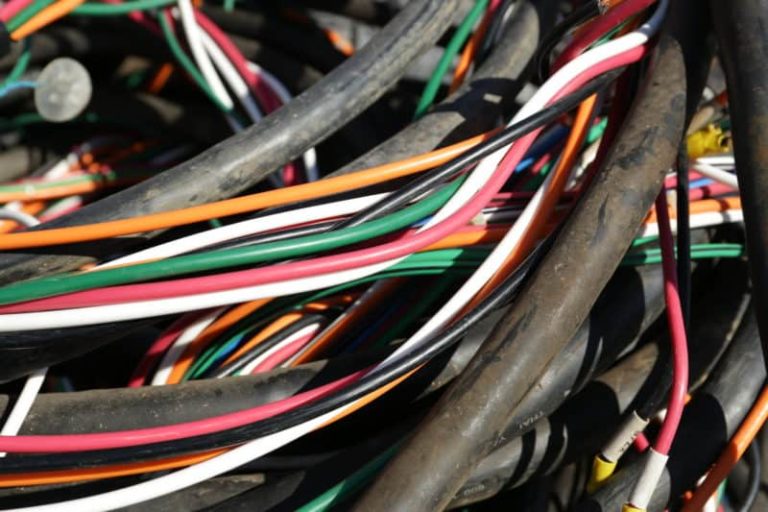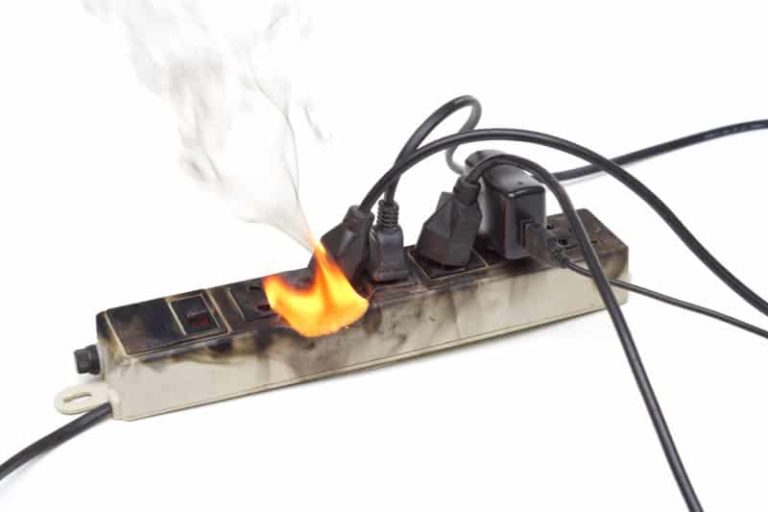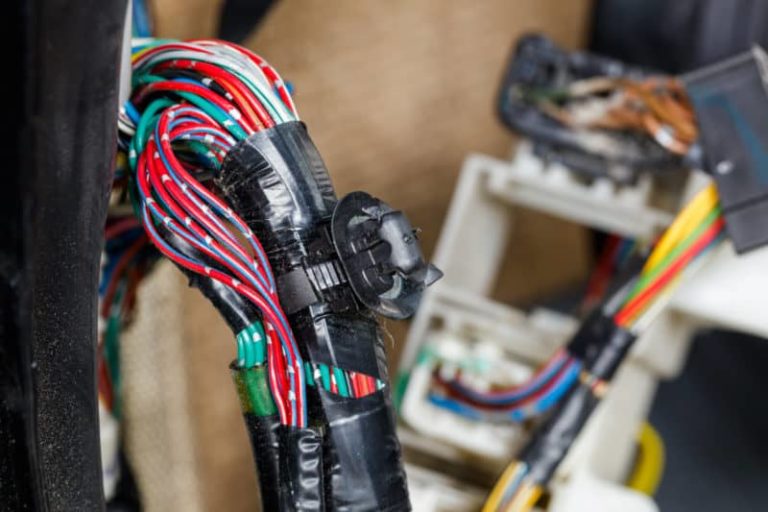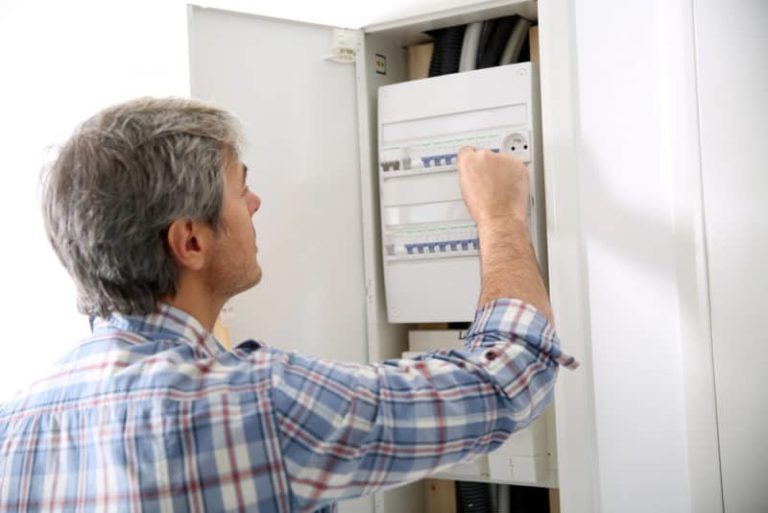Should I be Concerned About My Home’s Knob and Tube Wiring?
If your St. Petersburg, Florida, home was built in the 1950s or before, there’s a good chance you’ve got at least partial knob and tube wiring. Knob and tube is a wiring style that was popular a century ago, and many homeowners wonder if it’s still safe, or if they need an electrical upgrade. Some homeowners don’t realize they have knob and tube wiring until they have electrical maintenance done.
What is Knob and Tube Wiring?
Knob and Tube wiring is the wiring technique that was most commonly used in United States homes from 1880 to 1940, according to the International Association of Certified Home Inspectors. Though other types of wiring began to replace knob and tube wiring in the ’40s, some electricians continued to use it through the ’70s. Many homes built in the 1950s or 1960s still have some knob and tube wiring today.
Knob and tube wiring uses porcelain knobs and tubes to conduct the wire through the building. The wire is attached to the porcelain knobs in open air spaces, and is protected by the porcelain tubes if it has to go through a solid, like a joist. Knob and tube wiring only has two wires, which means it lacks a ground wire and therefore can only lead to a two-pronged outlet.
It may sound old-fashioned now, but knob and tube wiring has several built-in security implements. When the wire was installed correctly, the wiring was run well away from nails, the neutral and hot wires were always separated by several inches, and the porcelain rarely wears out.
Typical Problems with Knob and Tube Wiring
Some experts report that knob and tube wiring is extremely dangerous, while others maintain that if it was installed correctly originally and has suffered little wear and tear over the years, it is still safe. One of the problems with knob and tube wiring is age: because the wires are exposed, natural erosion may happen, even when protected inside the walls. Similarly, insects and animals may disturb the wiring.
Even if your home has knob and tube wiring that was impeccably installed in the 1960s, today that wiring would be 56 years old. Five and a half decades is a long time, and during that time something could have damaged your wiring. Plus, insulation can’t come into contact with it. If you need to insulate your walls, knob and tube wiring is going to get in the way.
The other main problem with knob and tube wiring is switch placement. Often, the switches went on the neutral wire rather than the hot one. That means that even if you turn off your circuit, you’ve still got an active current. The lack of a ground wire means you’re not protected from surges or short circuits, either. It also means that you’ll have a harder time finding insurance, because insurance companies don’t want to cover homes that don’t have ground wires.
Having Knob and Tube Wiring Replaced
Knob and tube wiring is no longer permitted to be installed in new constructions. Some city codes require that all knob and tube wiring be removed and replaced, while others are less strict about buildings with existing knob and tube wiring. If an electrician examines your knob and tube wiring and determines that it’s safe, you may be able to get away with leaving it in your house. However, most electricians are going to recommend an upgrade. In the long run, replacing your knob and tube wiring provides you with better electrical safety.
Knob and tube wiring isn’t something you should replace yourself, no matter how skilled you think you are. Only a professional can evaluate what needs to go into a re-wiring job for the existing knob and tube wiring in your home.
If you’re wondering about the wiring in your Pinellas County house, Luminous Electric is here to help. We can inspect your current wiring, let you know if you have any knob and tube wiring, and give you an estimate for replacing it. Call us today at .







